10 Best Herbal Baths For Chills

Herbal baths can be a soothing and effective remedy for alleviating chills by promoting relaxation and improving circulation.
Certain herbs, such as lavender, eucalyptus, and chamomile, are known for their warming and calming properties that can help ease the discomfort of chills. To prepare an herbal bath, simply add a handful of dried herbs to warm water and soak for 15 to 20 minutes. This practice not only helps to reduce the sensation of cold but also supports the body's natural ability to regulate temperature.
Incorporating herbal baths into a self-care routine can provide both physical relief and emotional comfort during episodes of chills.
FREE Herb Drying Checklist
How to make sure every batch retains maximum flavor, color, and aroma without the risk of mold or over-drying. Eliminate guesswork and trial-and-error, making herb drying faster, easier, and more efficient every time.
Table of Contents
1. Rosmarinus officinalis
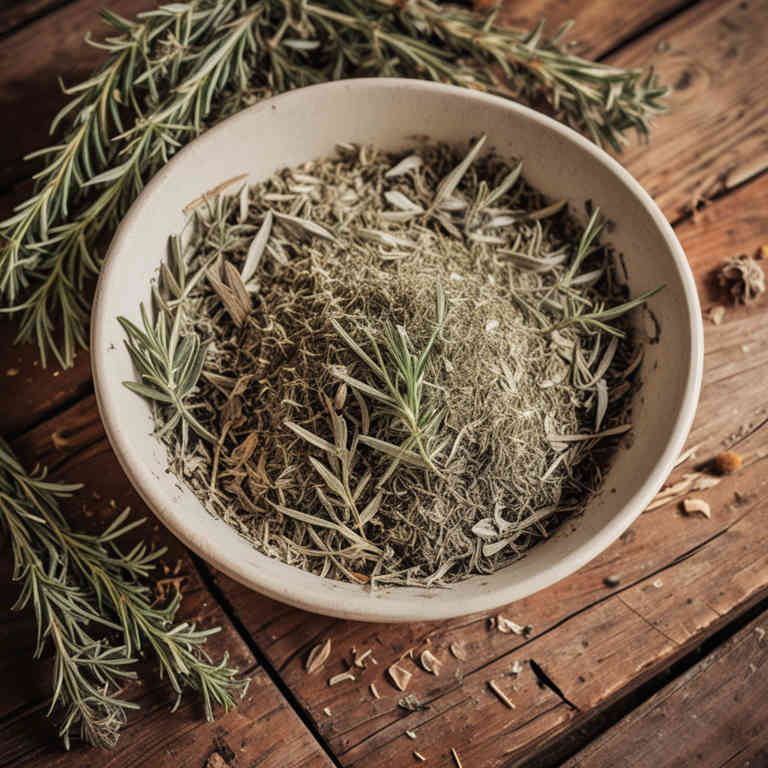
Rosmarinus officinalis, commonly known as rosemary, is a fragrant herb often used in herbal baths to help alleviate symptoms of chills.
The essential oils derived from rosemary leaves have warming properties that can stimulate circulation and provide a soothing effect on the body. When added to warm bath water, rosemary can help ease muscle tension and promote relaxation, which is particularly beneficial during periods of chills. Its aromatic compounds also have a calming influence, helping to reduce stress and enhance the overall comfort of the bathing experience.
Regular use of rosemary-infused baths may support the body’s natural defenses and contribute to a sense of well-being during mild cold symptoms.
2. Thymus vulgaris
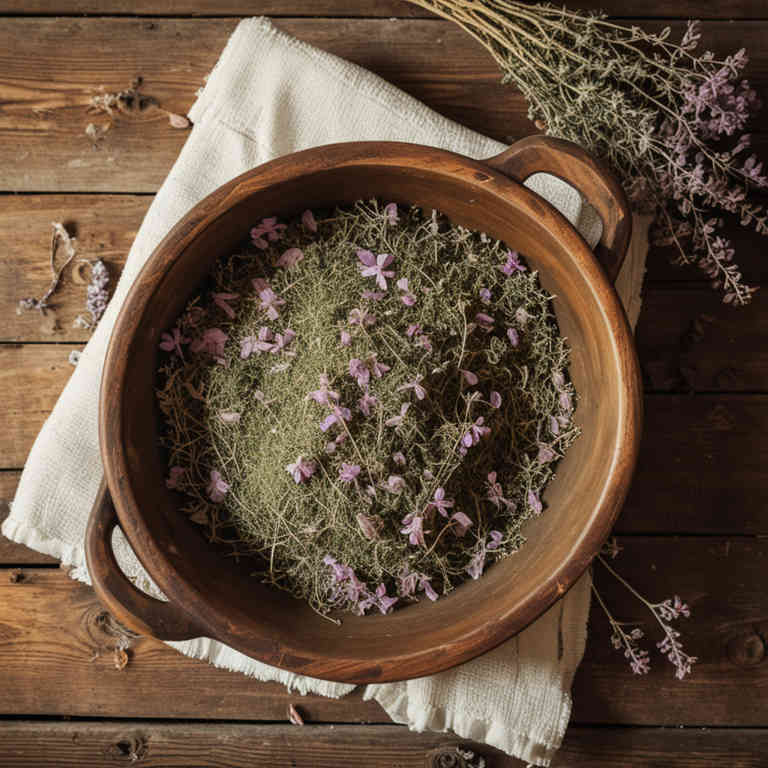
Thymus vulgaris, commonly known as thyme, has been traditionally used in herbal baths to alleviate symptoms associated with chills.
The essential oils found in thyme, particularly thymol, possess antimicrobial and warming properties that can help improve circulation and ease the body's response to cold. To prepare a thyme herbal bath, a handful of dried thyme or a few drops of thyme essential oil can be added to warm water. This bath can help soothe muscle aches and provide a sense of warmth, which may reduce the feeling of chills.
However, it is important to ensure the water is not too hot and to consult a healthcare professional if symptoms persist or worsen.
3. Eucalyptus globulus
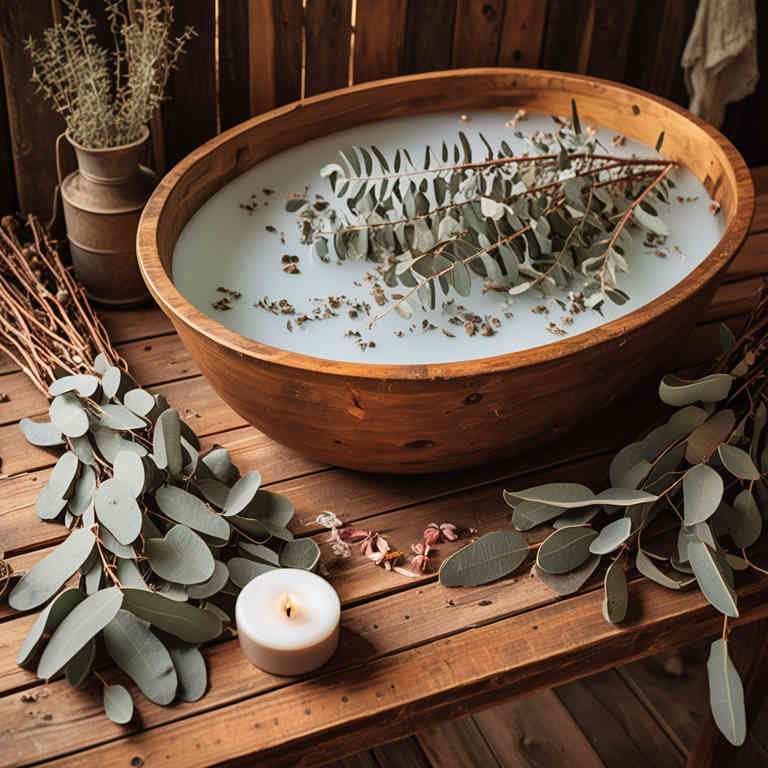
Eucalyptus globulus, commonly known as the Australian eucalyptus, is often used in herbal baths to alleviate symptoms associated with chills.
The essential oil of this plant contains compounds like cineole and limonene, which have antiseptic and anti-inflammatory properties that can help soothe the body. When added to warm water, eucalyptus globulus oil can promote relaxation and improve circulation, helping to ease the feeling of coldness and shivering. It is important to dilute the oil properly to avoid skin irritation, as undiluted essential oils can be harsh.
Overall, eucalyptus globulus herbal baths offer a natural and soothing remedy for those experiencing chills, supporting both physical comfort and emotional well-being.
4. Salvia officinalis

Salvia officinalis, commonly known as sage, has been traditionally used in herbal baths to help alleviate symptoms associated with chills.
The aromatic compounds in sage leaves, such as thujone and cineole, are believed to have warming and stimulating effects on the body, which can help combat the shivering and cold sensations caused by chills. When infused into bath water, sage can promote relaxation while simultaneously supporting the body's natural thermoregulation. This herbal remedy is often used in aromatherapy and traditional medicine to ease respiratory discomfort and improve circulation, which can further assist in reducing the severity of chills.
Incorporating sage into a warm bath can provide both physical and emotional comfort during episodes of chills.
5. Lavandula angustifolia

Lavandula angustifolia, commonly known as English lavender, is often used in herbal baths to help alleviate symptoms of chills by promoting relaxation and improving circulation.
The soothing aroma of lavender has a calming effect on the mind and body, which can help reduce the perception of cold and ease muscle tension. When infused into bathwater, lavender essential oils or dried flowers release compounds that may have mild antiseptic and anti-inflammatory properties. A lavender bath can also help warm the body from the inside out, providing a sense of comfort during episodes of chills.
For best results, it is recommended to use warm water and add a few drops of lavender essential oil or a handful of dried lavender flowers to the bath.
6. Mentha piperita
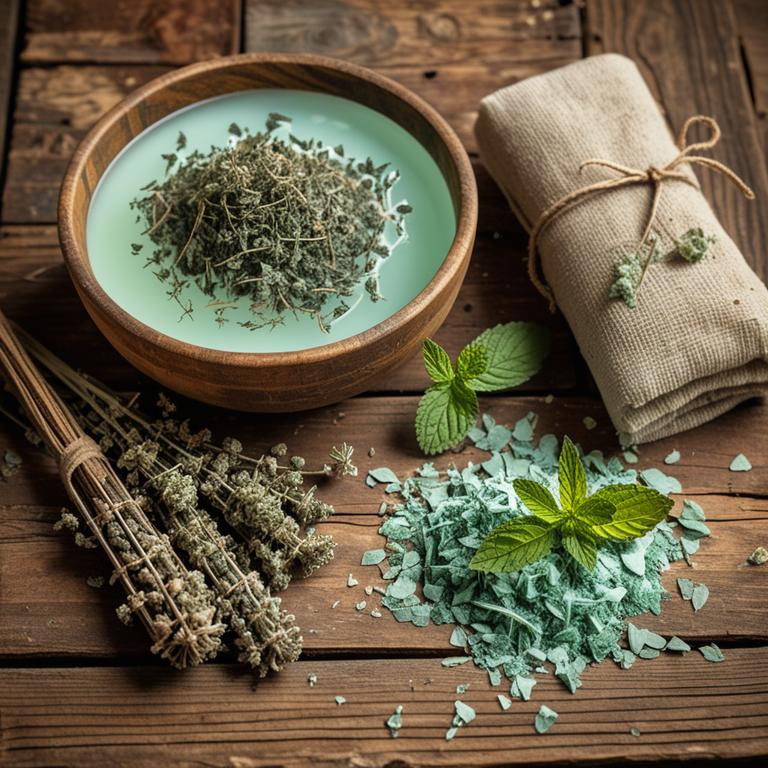
Mentha piperita, commonly known as peppermint, is often used in herbal baths to help alleviate symptoms of chills by promoting relaxation and improving circulation.
The cooling effect of peppermint essential oil can help soothe the body and reduce the sensation of cold or chills when added to warm water. A peppermint herbal bath can also help open up the airways, making it beneficial for individuals experiencing respiratory discomfort along with chills. To prepare the bath, a few drops of peppermint essential oil or a handful of dried peppermint leaves can be added to the bathwater.
While peppermint baths are generally safe, it is advisable to perform a patch test and consult with a healthcare professional if you have any skin sensitivities or underlying medical conditions.
7. Cinnamomum verum
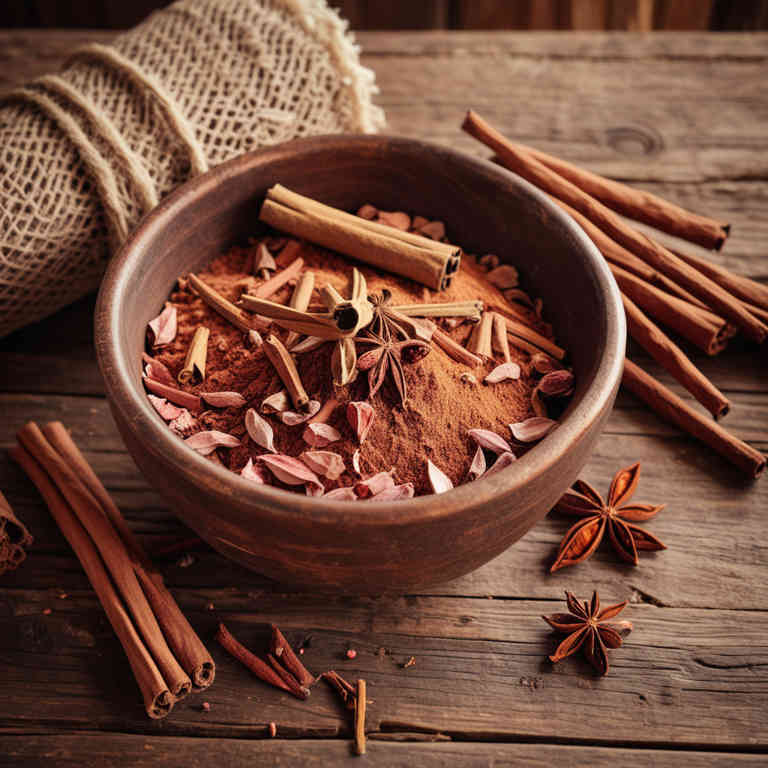
Cinnamomum verum, commonly known as true cinnamon, has been traditionally used in herbal baths to help alleviate symptoms of chills by promoting warmth and circulation.
The aromatic oils from cinnamon bark can be infused into bath water to create a soothing and invigorating experience that may help reduce the feeling of coldness in the body. When added to warm water, cinnamon's natural compounds may help stimulate blood flow and provide a calming effect, supporting the body's natural response to mild chills. This herbal remedy is often used in aromatherapy and traditional medicine to ease discomfort associated with cold exposure or viral infections.
While it can offer comfort, it is important to consult a healthcare professional for persistent or severe symptoms.
8. Achillea millefolium
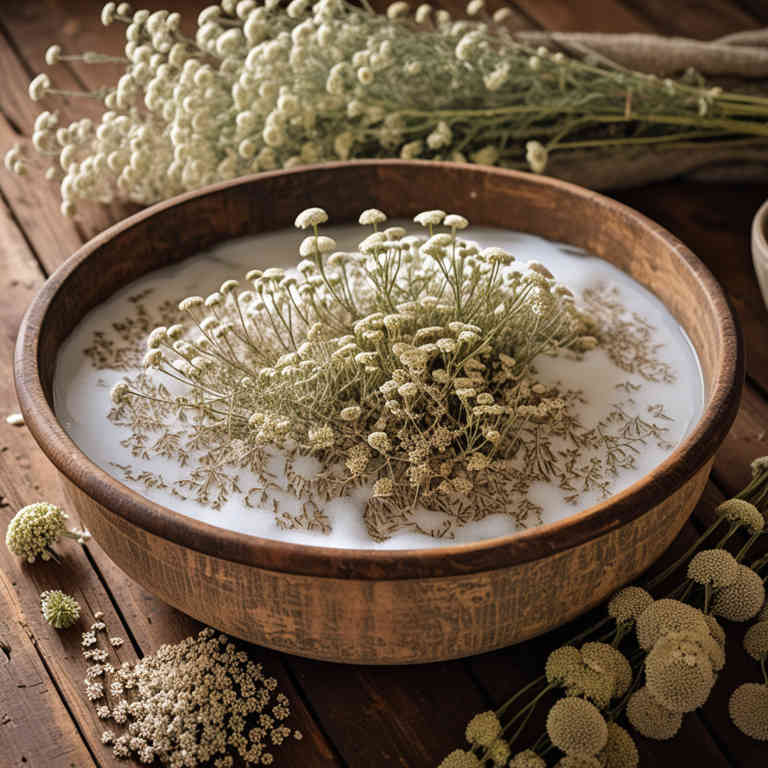
Achillea millefolium, commonly known as yarrow, has been traditionally used in herbal baths to help alleviate symptoms of chills by promoting circulation and reducing inflammation.
When infused into water, yarrow's essential oils and compounds such as azulene and camphor can provide a warming effect, helping to soothe the body and ease the discomfort of chills. Herbal baths with yarrow are often recommended for their ability to support the immune system and ease cold-related symptoms. To prepare the bath, a handful of dried yarrow can be steeped in hot water for several hours, then strained and used to fill a bathtub.
Regular use of yarrow baths may offer a natural and calming remedy for those experiencing chills, though it is best used in conjunction with other supportive care measures.
9. Camellia sinensis
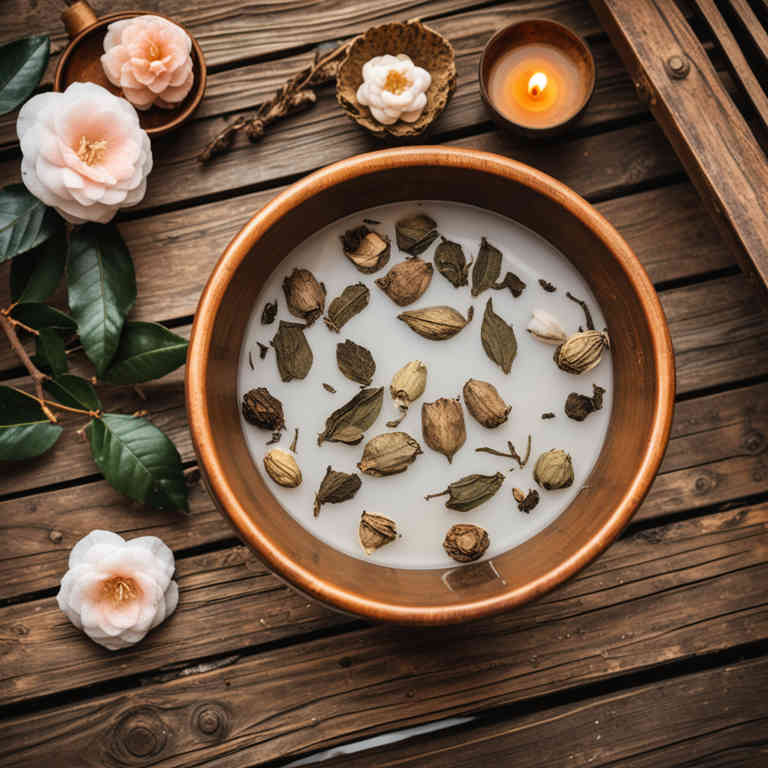
Camellia sinensis, commonly known as the plant from which green and black teas are derived, has been traditionally used in herbal baths to alleviate symptoms of chills.
These baths are believed to harness the warming properties of the plant’s compounds, such as polyphenols and caffeine, which may help stimulate circulation and promote a sense of warmth in the body. By infusing water with dried Camellia sinensis leaves, individuals can create a soothing bath that may help ease the discomfort of chills and support the body's natural healing process. While scientific evidence on its efficacy for chills is limited, many find comfort in the aromatic and calming effects of such baths.
As with any herbal remedy, it is advisable to consult with a healthcare professional before use, especially for those with underlying health conditions.
10. Piper nigrum

Piper nigrum, commonly known as black pepper, has been traditionally used in herbal baths to help alleviate symptoms of chills by promoting warmth and circulation.
The essential oils and active compounds in black pepper, such as piperine, have warming properties that can help soothe the body during episodes of chills. Adding a few drops of black pepper essential oil or a small amount of ground black pepper to a warm bath can enhance the therapeutic effects of the bath. This practice is often used in alternative medicine to support the body's natural ability to fight off colds and flu.
However, it is important to use caution and dilute the essential oil properly to avoid skin irritation.